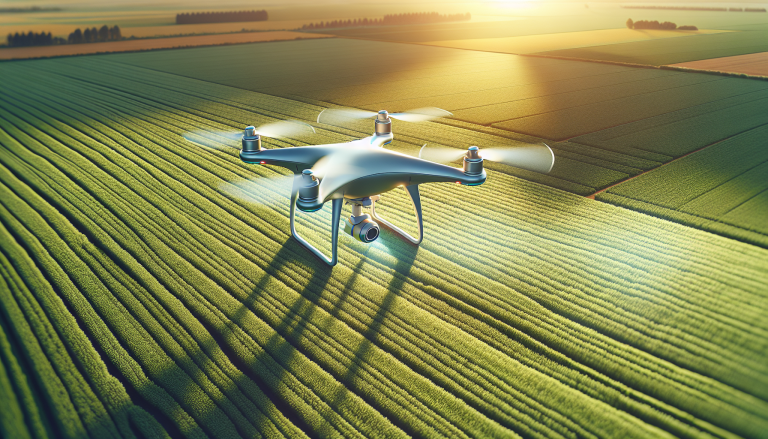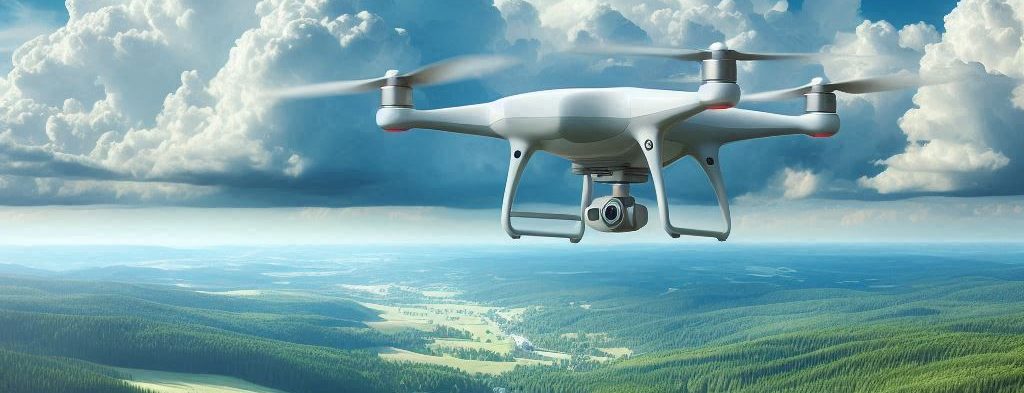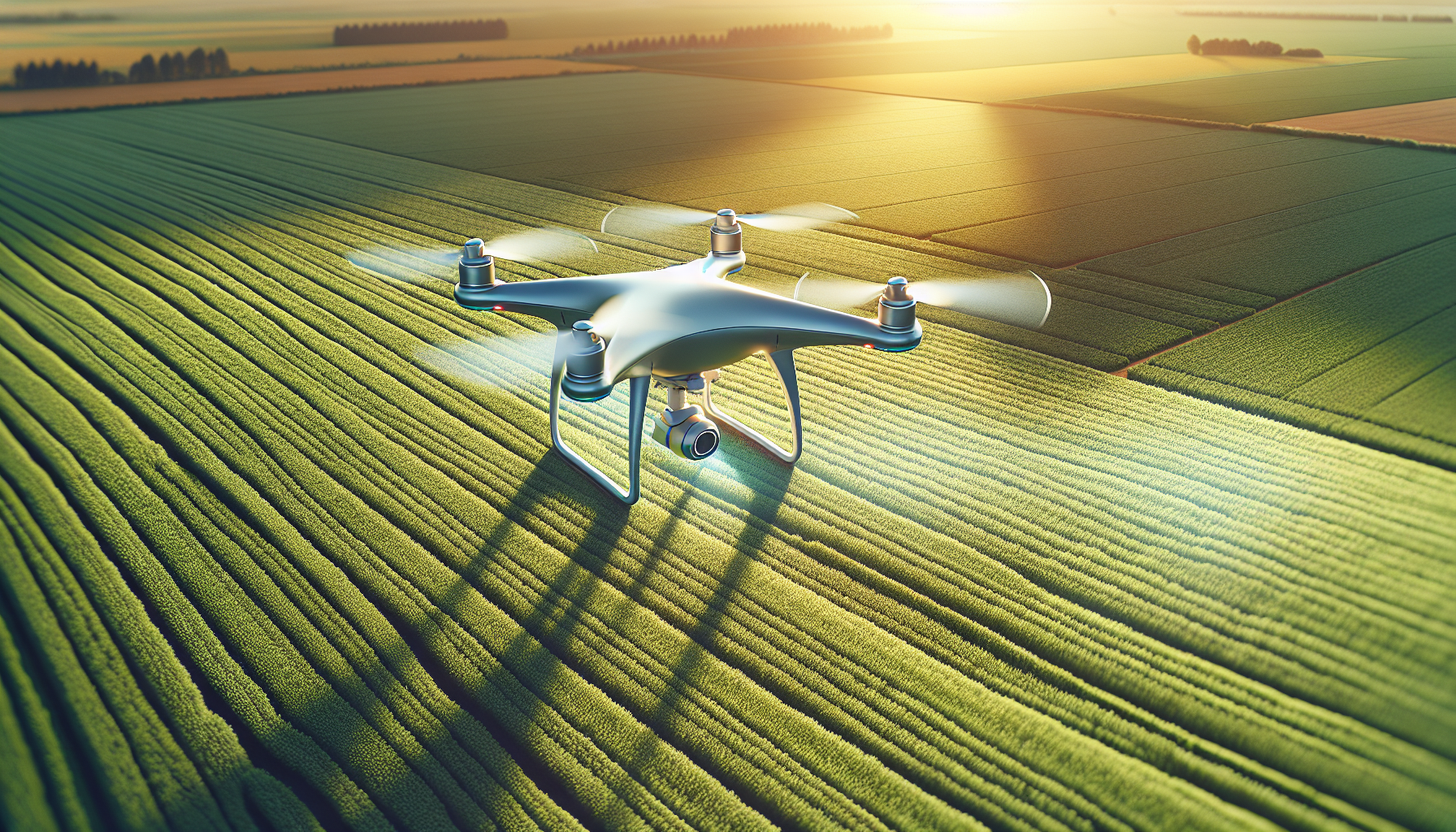Title: Revolutionizing Agriculture: How Aerial Drones are Transforming Modern Farming
The Agricultural Revolution Takes Flight
When I first started exploring the world of drones, I never imagined how profoundly these incredible flying machines would transform agriculture. Today, I’m excited to share how aerial drones are revolutionizing farming, turning traditional agricultural practices into a high-tech, precision-driven industry that’s both fascinating and incredibly efficient.
Imagine a farmer standing in a vast field, not with traditional tools, but with a sophisticated drone that acts as eyes in the sky. This isn’t science fiction – it’s the cutting-edge reality of modern agriculture. Drones have become an indispensable tool that’s changing how we approach crop management, monitoring, and optimization.
Precision Agriculture: A Bird’s Eye View of Farming
Precision agriculture is all about gathering accurate, real-time data to make smarter farming decisions. Aerial drones equipped with advanced sensors and imaging technology can capture detailed information about crop health, soil conditions, and field variations that would be impossible to detect from ground level.
These high-tech flying companions can:
– Capture multispectral imagery
– Measure crop height and density
– Detect early signs of plant stress

– Monitor irrigation needs
– Track crop growth progression
One farmer I spoke with described his drone as “more valuable than any piece of equipment in my entire farm.” And he’s not wrong. Modern agricultural drones can detect issues like pest infestations, nutrient deficiencies, and water stress weeks before they would be visible to the human eye.
Technology Meets Agriculture: The Drone Advantage
The sensors on these aerial drones are nothing short of remarkable. Multispectral and thermal cameras can detect variations in plant health that are invisible to human vision. Normalized Difference Vegetation Index (NDVI) imaging allows farmers to assess crop vigor and identify problem areas with unprecedented precision.
For instance, a drone can quickly scan hundreds of acres in a fraction of the time it would take traditional ground-based methods. What once took days or weeks can now be accomplished in hours, providing farmers with immediate, actionable insights.
Economic benefits are substantial. By identifying specific areas that need attention, farmers can:
– Reduce chemical usage
– Optimize irrigation
– Minimize crop losses
– Increase overall yield
– Lower operational costs
Challenges and Considerations
Of course, implementing drone technology isn’t without challenges. Initial investment costs can be significant, and farmers need specialized training to effectively use these advanced tools. Regulatory compliance is another crucial consideration, with strict guidelines governing drone usage in agricultural settings.
“Technology is best when it empowers people, not replaces them,” says Dr. Sarah Martinez, an agricultural technology expert. This sentiment perfectly captures the role of drones in modern farming – they’re tools that enhance human capabilities, not eliminate human expertise.
The Future of Farming is Airborne
As drone technology continues to evolve, we’re seeing increasingly sophisticated capabilities. Artificial intelligence and machine learning are being integrated into drone systems, allowing for even more advanced data analysis and predictive modeling.
Imagine drones that can:
– Automatically detect and map crop variations
– Predict potential yield before harvest
– Provide real-time environmental monitoring
– Assist in targeted crop treatment
Some cutting-edge agricultural drones can now carry small payloads, enabling precise spot-treatment of crops, dramatically reducing chemical usage and environmental impact.
Environmental and Sustainable Impact
Beyond efficiency, drones are playing a crucial role in sustainable agriculture. By enabling more precise resource management, these aerial devices help farmers reduce water consumption, minimize chemical use, and implement more environmentally friendly practices.
The environmental benefits are significant:
– Reduced chemical runoff
– More efficient water usage
– Minimal soil compaction
– Lower carbon footprint in farming operations
Getting Started with Agricultural Drones
For farmers interested in exploring drone technology, here are some key considerations:
– Invest in training and certification
– Choose drones specific to agricultural needs
– Understand local regulatory requirements
– Start with small-scale implementation
– Continuously update technological skills
The world of agricultural drones is rapidly expanding, offering incredible opportunities for farmers willing to embrace technological innovation.
As a passionate drone enthusiast, I’m continually amazed by how these remarkable machines are transforming agriculture. From tiny sensors to advanced imaging technologies, drones represent a perfect blend of cutting-edge technology and practical agricultural solutions.
The future of farming is here, and it’s taking flight – quite literally. Aerial drones are not just tools; they’re partners in creating more efficient, sustainable, and productive agricultural systems.
So next time you enjoy a fresh, perfectly grown piece of produce, remember – there’s a good chance a drone played a crucial role in bringing it to your table.


